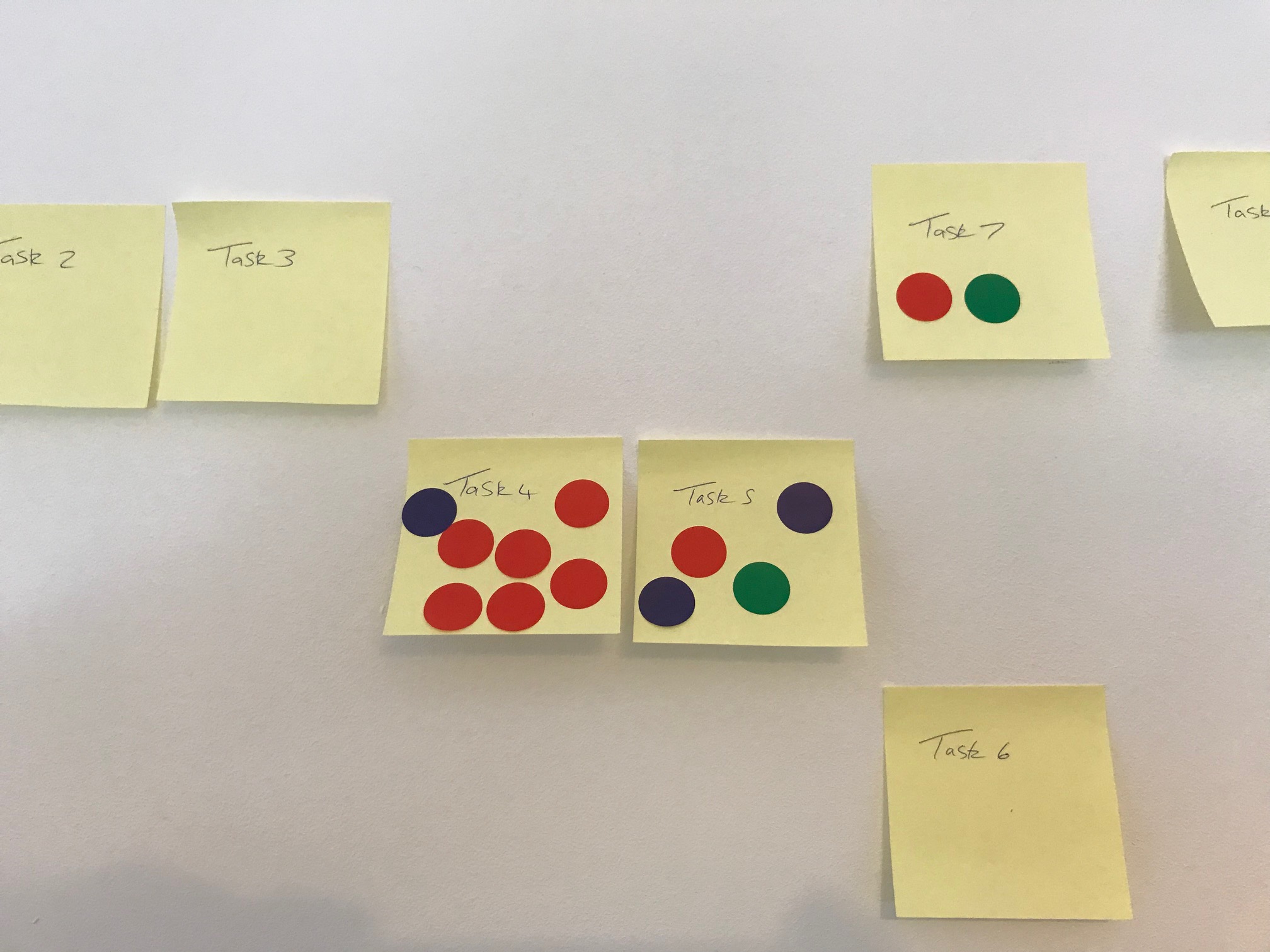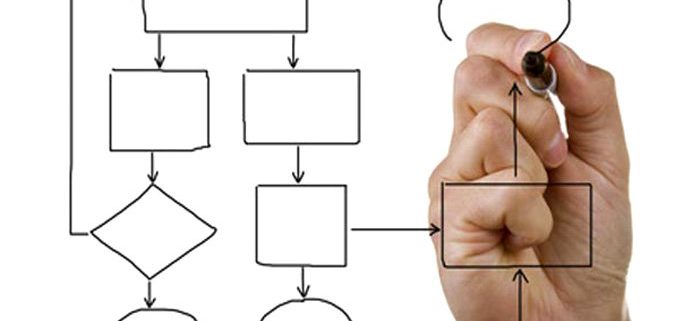A Recruitment Audit, Best practice Documents and Templates for…..
Introducing our new Recruitment Audit, Documentation & Templates service
As part of our new Recruitment Audit process, we give you our years of experience and knowledge in documents and templates….don’t reinvent the wheel.
Audit
Speak to your hiring managers – find out how your teams are performing, they are the customer after all.
Map your day-to-day process – find out whats really happening
Run a Kaizen improvement workshop – to develop a new and improved process
Careers Page – Lets review your careers page to ensure that it is attracting the best and deflecting the rest
Competitor Analysis – To show where you are falling short and they are winning ground
“They no longer work here…” – When your staff leave your organisation, where are they going and why?

GDPR Compliance – Are you going to pass?
Measure – Your performance with real numbers and metrics
Supporting Documentation
Employee Value Proposition – Why would talented individuals want to join your organisation?
Corporate Brand – What is its effect on Recruitment
Candidate Journey – What experience are your candidates having and how can we improve this?
Social Media Strategy – This is the future and where talented candidates search for jobs and research on organisations
Position Descriptions – Work Instruction templates

Job Briefing Forms – Ensure your recruiters are taking the best requirements
Hiring Policies – Internal and External hiring policies
Recruitment Project Plans – Make sure that you plan your recruitment timelines
Work Force Plan – Map out how your workforce will look this year
Phone Screen & Interview Guides – Give your Recruiters & Hiring Managers guidance
A Database of Interview questions – Maximise the efficiency of your interviews
Performance and Development Form – Track performance and non-performance
Recruitment Metrics – Let us show you the best measurements of performance
Satisfaction Surveys – For Candidates and Hiring Managers
Get in contact for more info on our recruitment audit and documentation – info@improveandconsult.co.uk


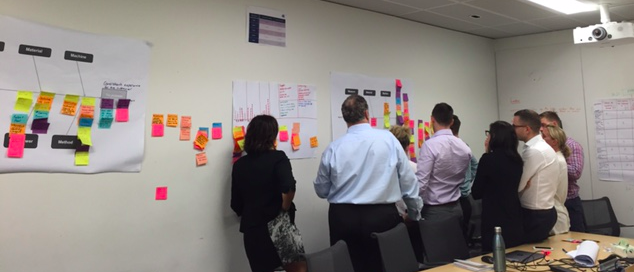 Speak to your hiring managers and internal customers to find out what they want from your teams
Speak to your hiring managers and internal customers to find out what they want from your teams
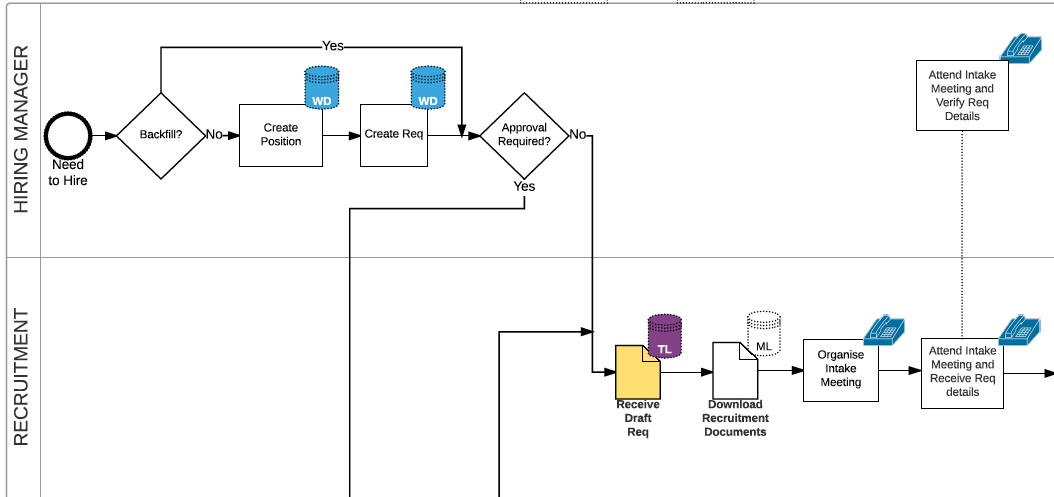
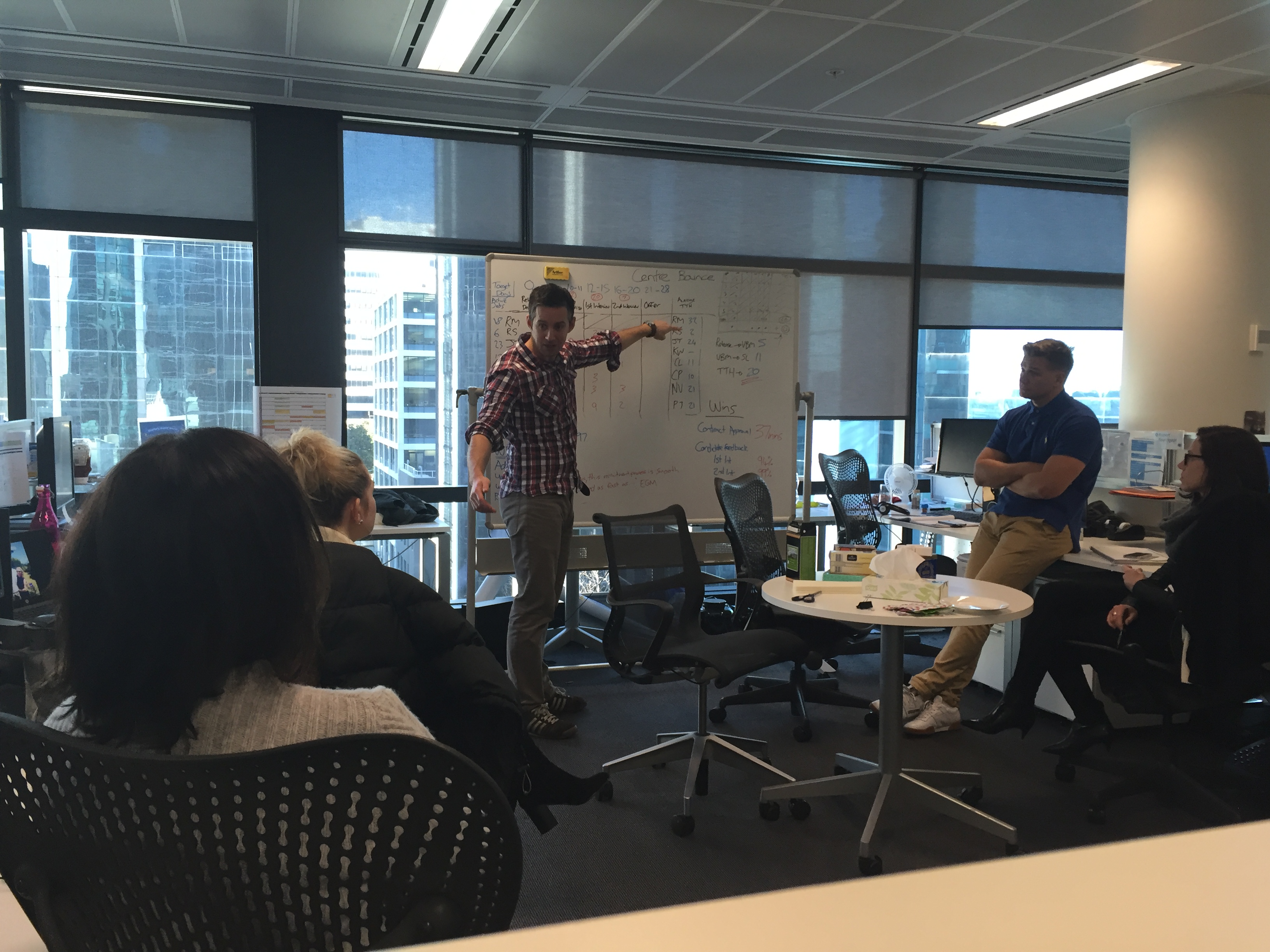
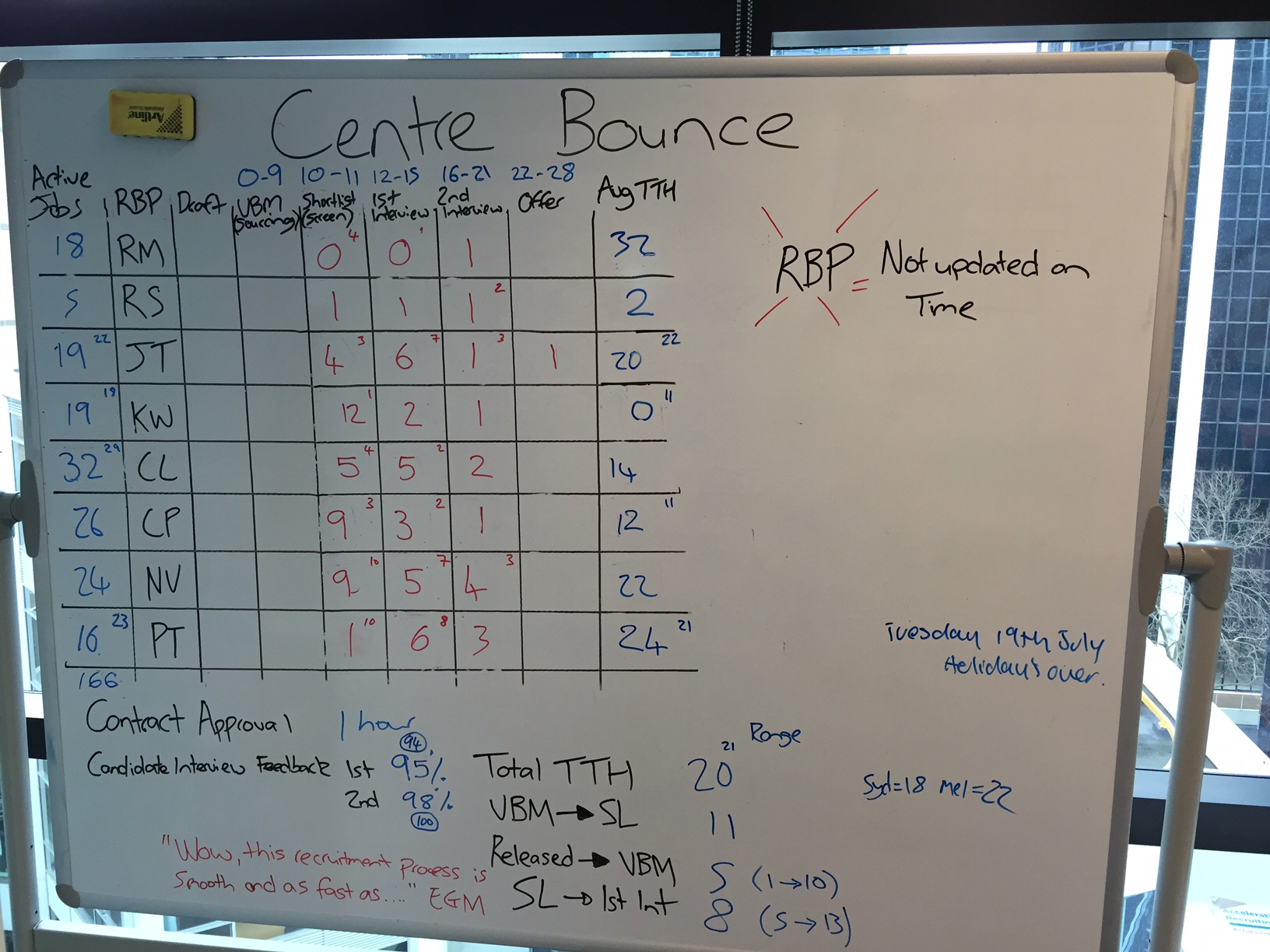

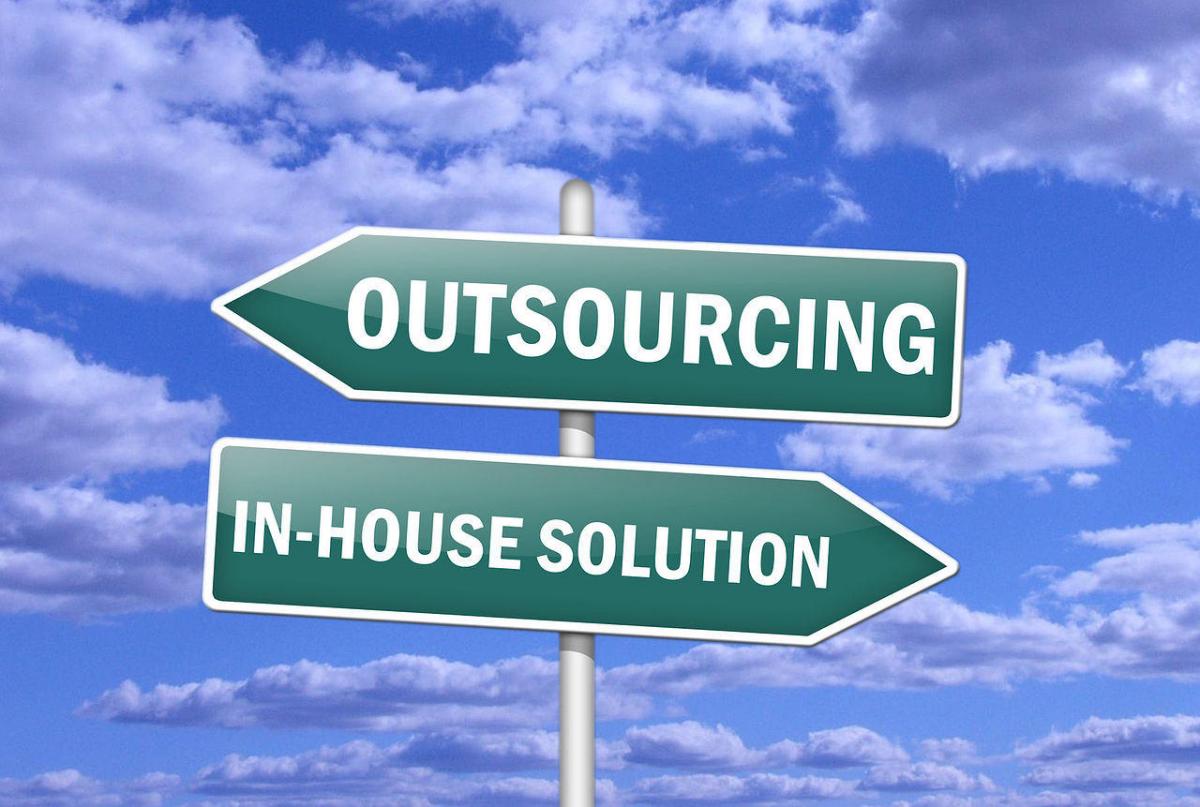

 Ask your Hiring Manager what they
Ask your Hiring Manager what they 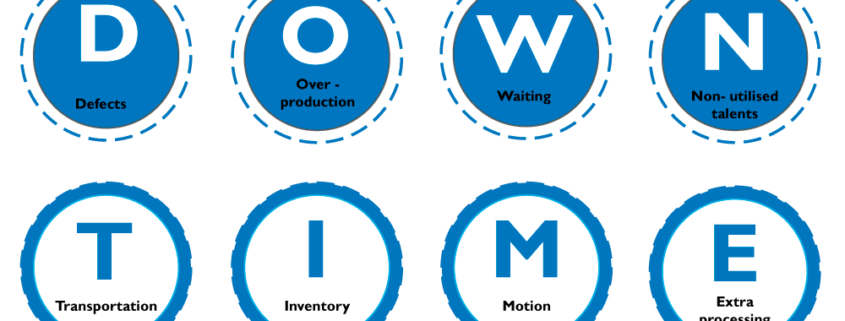
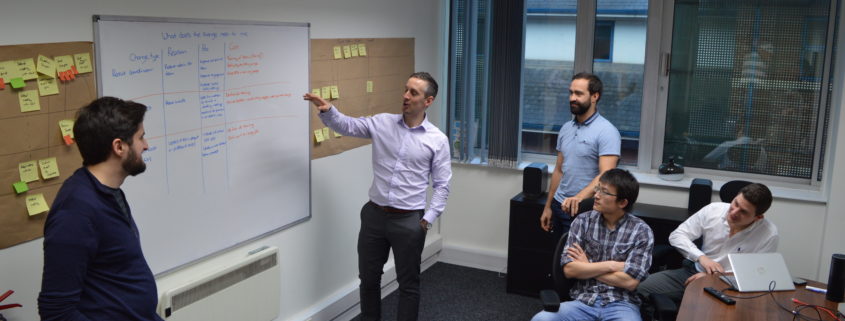








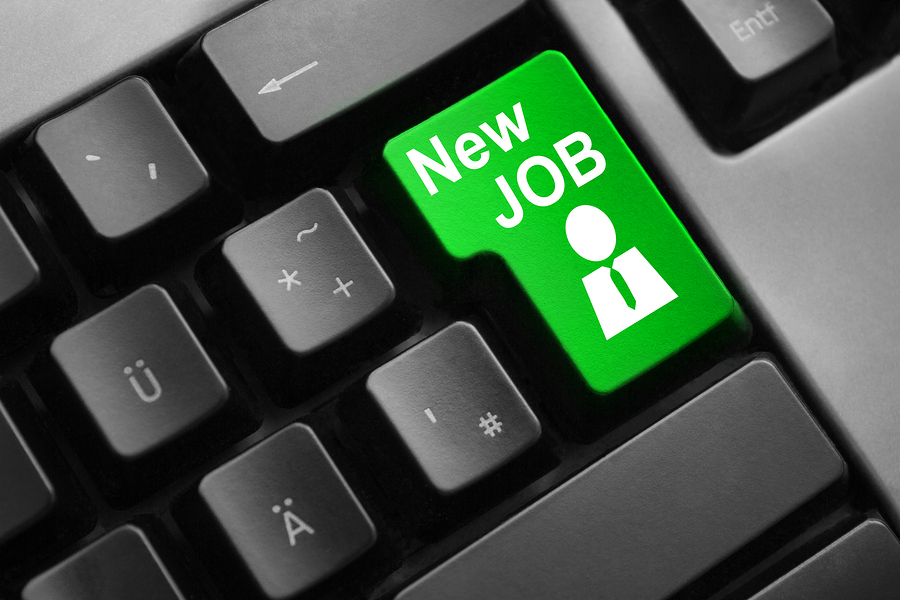
 at do the training team need to set up on-boarding modules in the system etc
at do the training team need to set up on-boarding modules in the system etc
 Nowadays, many companies are beginning to look seriously at it, take PWC. The onus is on the manager to provide a business case as to why a role cannot be done remotely or flexibly.
Nowadays, many companies are beginning to look seriously at it, take PWC. The onus is on the manager to provide a business case as to why a role cannot be done remotely or flexibly. 2 different types of work on different laptops is a nightmare, or worse, emailing yourself back and forth.
2 different types of work on different laptops is a nightmare, or worse, emailing yourself back and forth.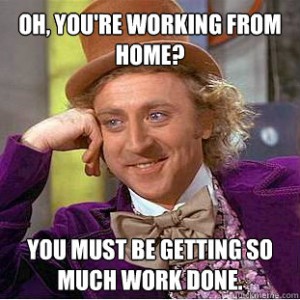

 This is done without discussion, as we dont want strong and vocal characters to lead the witness. This will ensure that all attendees get an equal vote and say, and you will end up with a fantastic visual showing you where the issues are, democratically decided by the guys who are in the trenches doing the job. There is no point taking direction and solutions from the board or CEO as they often don’t know what is really happening. There main role is to ensure that the project is supported and the outcome and change is implemented and sticks.
This is done without discussion, as we dont want strong and vocal characters to lead the witness. This will ensure that all attendees get an equal vote and say, and you will end up with a fantastic visual showing you where the issues are, democratically decided by the guys who are in the trenches doing the job. There is no point taking direction and solutions from the board or CEO as they often don’t know what is really happening. There main role is to ensure that the project is supported and the outcome and change is implemented and sticks. 